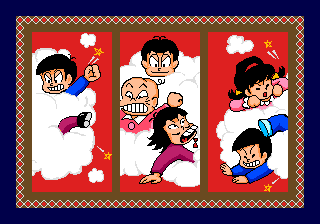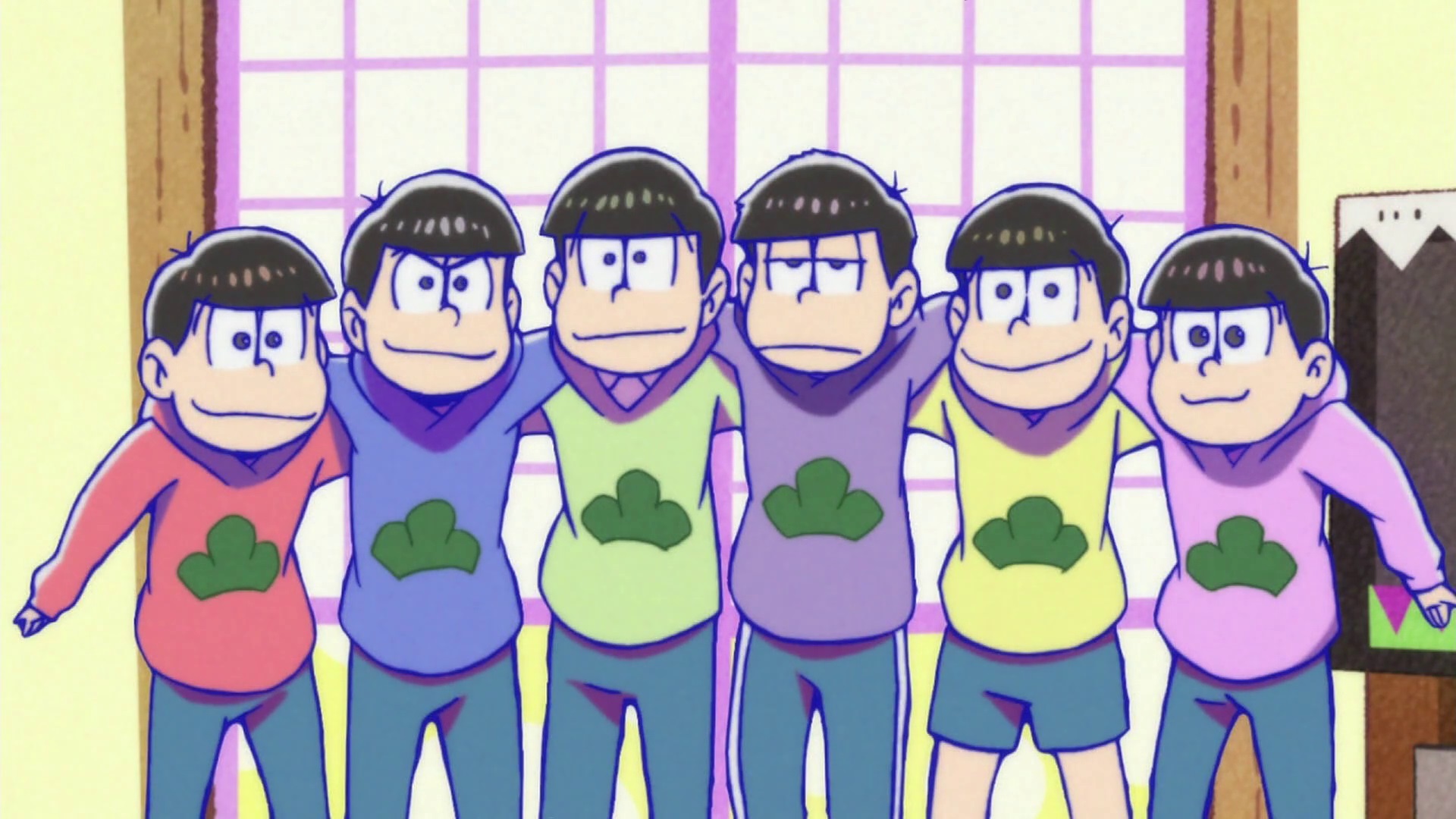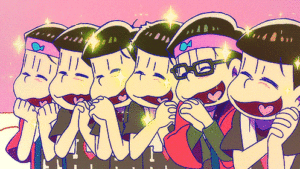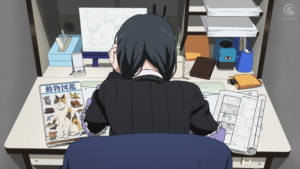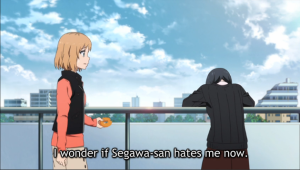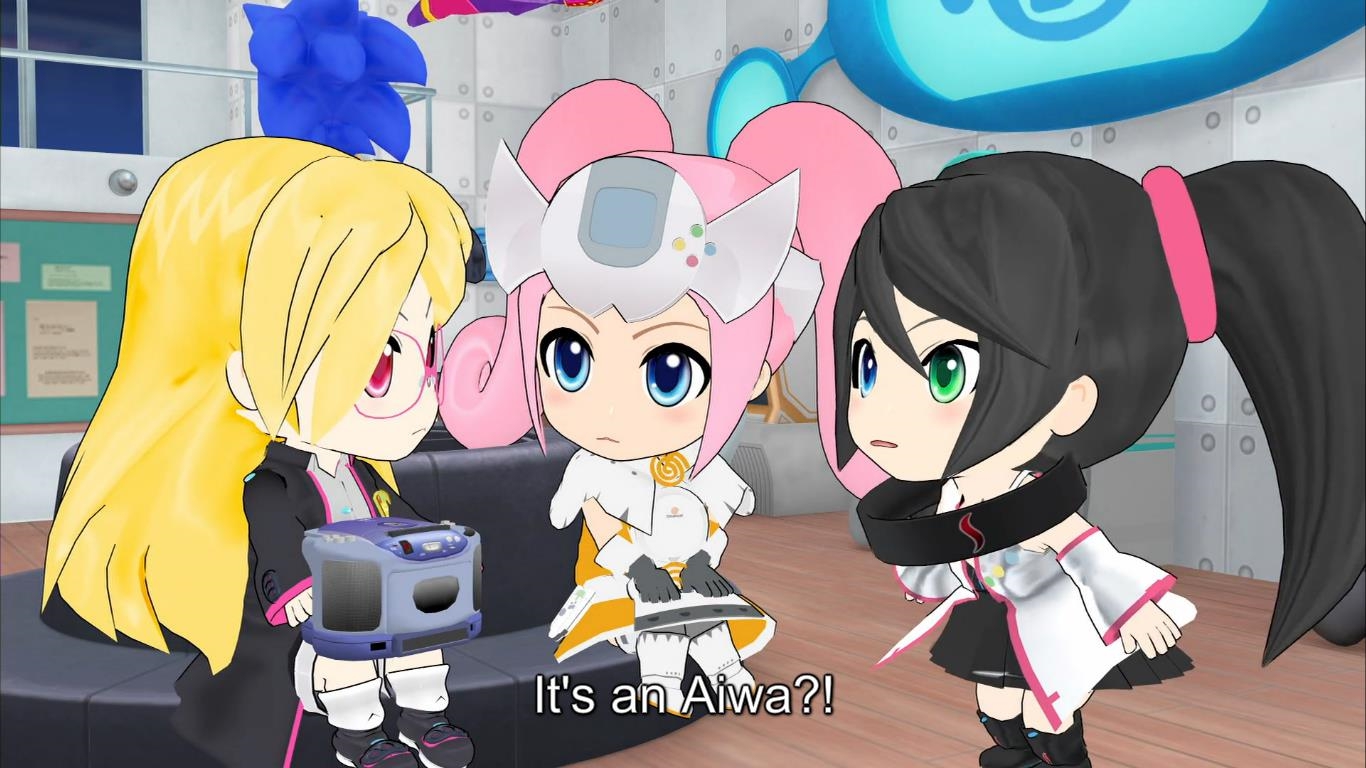With the good comes the bad, I suppose…
So hey, I just wrote an anime review about Osomatsu-san, the recent reboot of a classic gag manga/anime that was a massive hit overseas. Remember how I mentioned that there were two Osomatsu-kun anime series before it, one from 1966 and another from 1988? Well, as you might already know, 1988 was the launch year of the Sega Megadrive in Japan. The console launched in October of that year with Space Harrier II and Super Thunder Blade, impressive renditions of popular arcade titles, while a very faithful port of Juuouki/Altered Beast followed soon after in November. But here’s a factoid for you: the fourth-ever Megadrive game, released a little under two months after the console’s debut, was a licensed game based on Osomatsu-kun.
Titled Osomatsu-kun: Hachamecha Gekijou (“Nonsense Theatre”), the game features a bunch of familiar series characters: the Matsuno brothers, Totoko, Chibita, Iyami, Hatabou, and so on – in new and bizarre roles in a strange-as-hell series of fantasy settings.
It’s also an astounding pile of garbage. And I played all of it.
